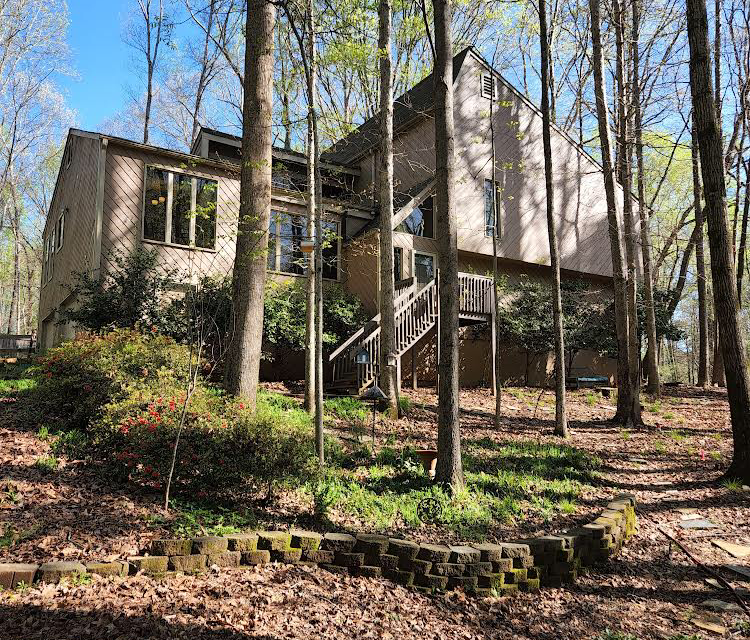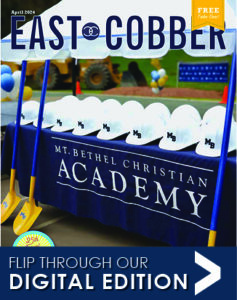We moved from a neighborhood in which the natural trees had all been removed and the yards were regularly sprayed and mowed into submission per regulations. There were very few insects besides the ones people generally don’t want, few birds, and no other wildlife.
We were so excited when we drove into this neighborhood and saw all the trees, and yards that embraced the forest floor and plant diversity. When we saw our future house, surrounded by trees, we couldn’t wait to raise our kids in our little forest space and be stewards of our plot. We knew we loved trees, but that was about all we knew. We have spent the last few years getting to know more about our green neighbors.
In his book The Hidden Life of Trees, Peter Wohlleben describes how the trees communicate with one another. How naturally growing trees in forests are connected to each other and take care of each other through a symbiotic relationship with mycorrhizal fungi, the “wood wide web.” Through this fungal network they exchange nutrients, sugar, water, and even chemical messages. For example, they can warn each other about insect predators, allowing the trees to take action – like releasing chemicals that make their leaves less tasty to those insects, or smells that attract other insects to eat the ones eating them.
If you have ever been gardening and come across a strange mass of thin, white “rootlike” material, that was the mycorrhizal fungi. If you brush away the leaves and a layer of dirt around a tree in a forest you can easily observe it (and cover it back up). The documentary Fantastic Fungi on Netflix is another fascinating look at this phenomenon.
It is truly life-changing to really think about the silent communication going on all around us. The complex and delicate chain that exists. Even things like cockroaches have their place (I mean… ideally not in our houses), but they are the cleaners and recyclers of the woods! They eat the leaf litter and break down nitrogen which helps the soil. They are also an important food source for birds.
In terms of trees native to our area, we are fortunate to have lots of wonderful species specific to our local eco-system. We have many types of oaks, pines, tulip poplars, hickory, and sweet gum, to name a handful. Besides providing beauty and shade, oaks are a keystone species. They keep forests healthy, feeding and supporting many animals, other plants, fungi, insects, and invertebrates. Pine trees provide food and habitat for wildlife, acidity to the soil, and natural mulch, a few of their contributions. One of my favorite things about tulip poplars (besides the beautiful blossoms) are that they are a host plant for tiger and spicebush swallowtail butterflies! Hickory trees are also host plants for many butterflies and moths. Sweet gum seeds are favorites of many songbirds, such as eastern goldfinches and sparrows.
We love where we live. We learn something new every day. We endeavor to keep listening to the forest around us. We may not be able to speak its language, but we can appreciate the benefits and significance of its interconnectedness.







